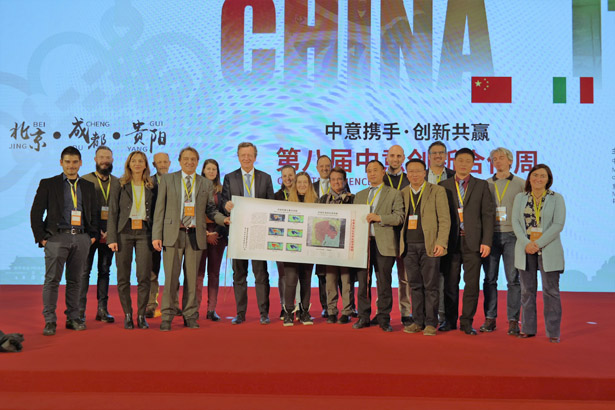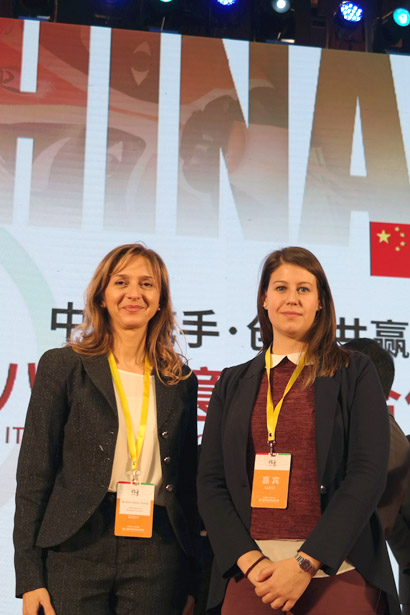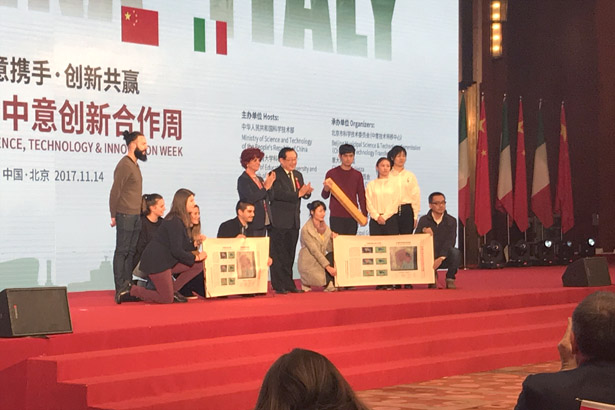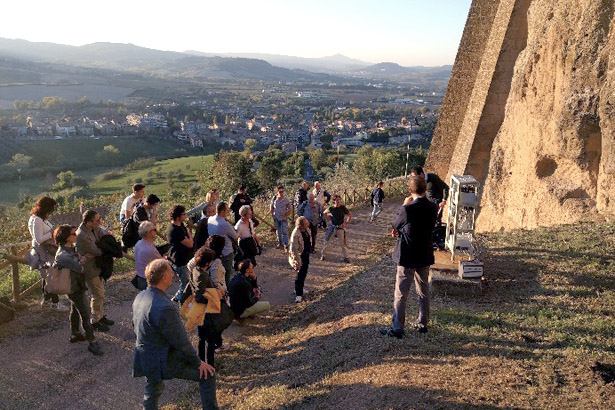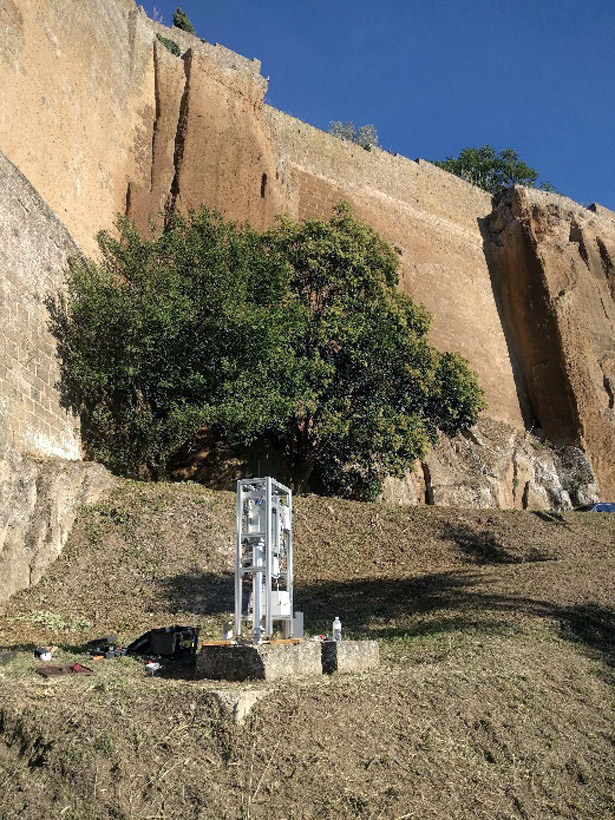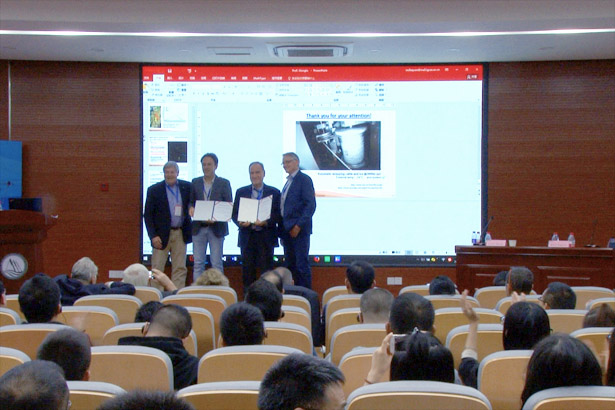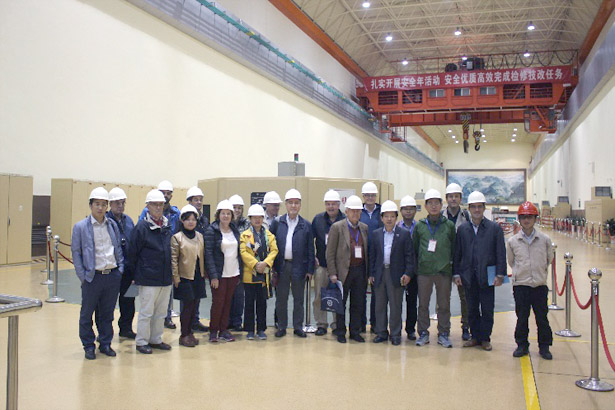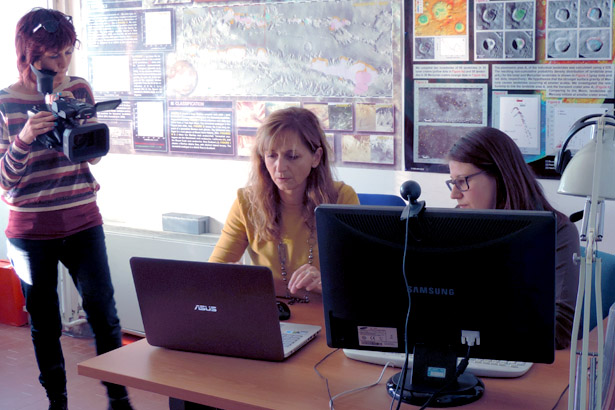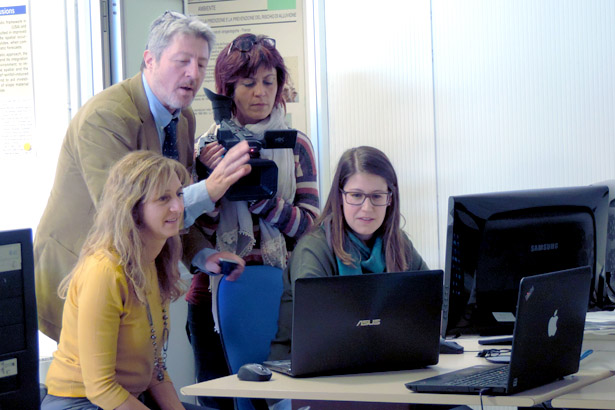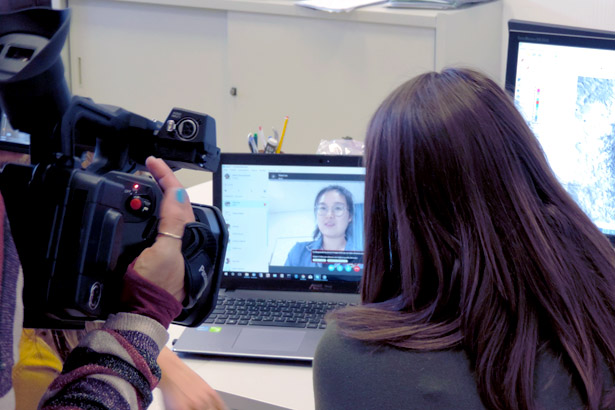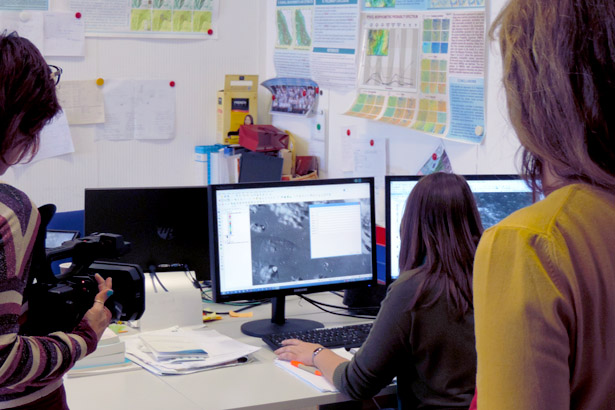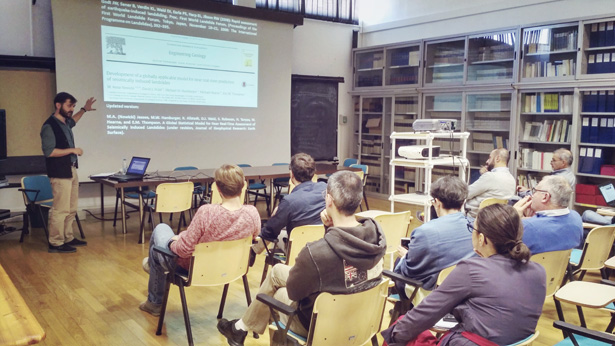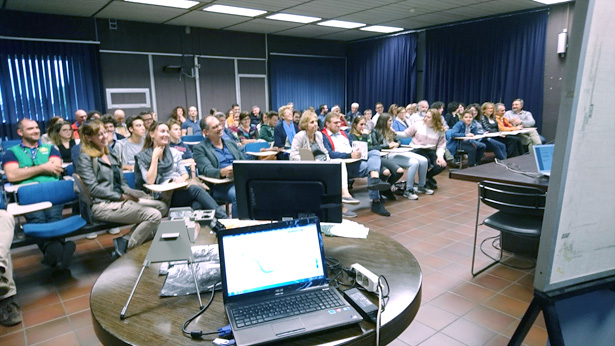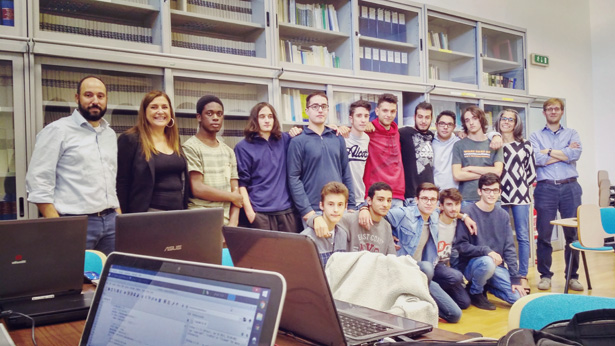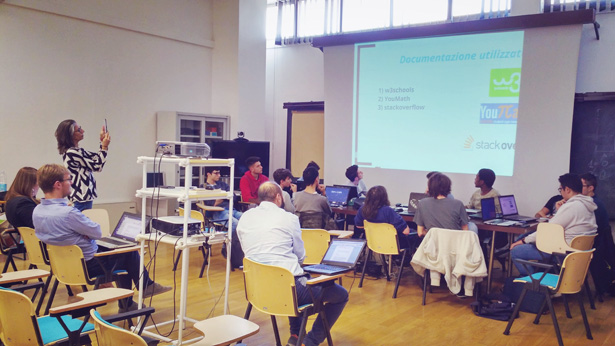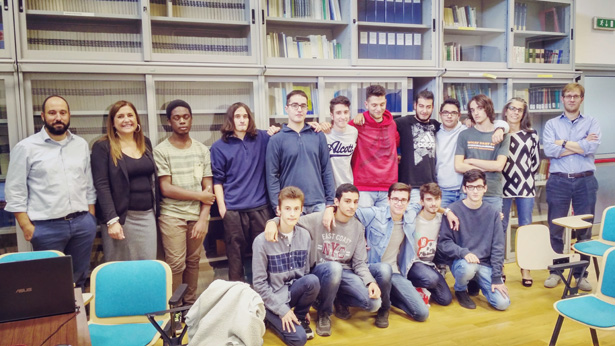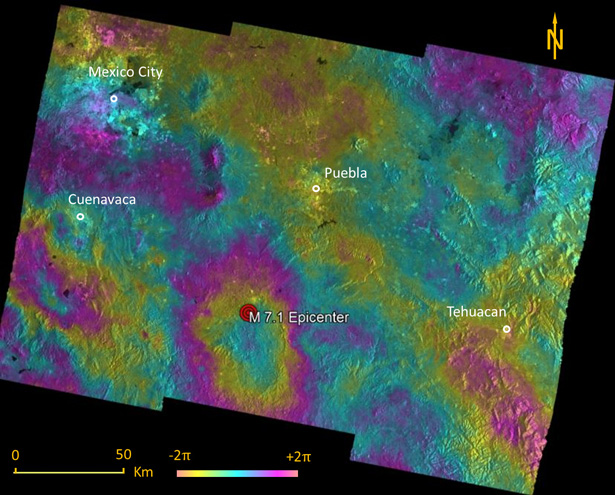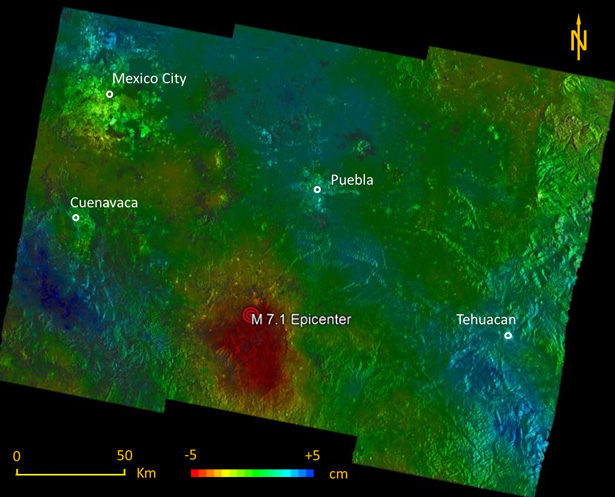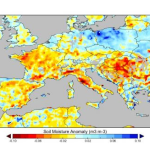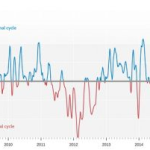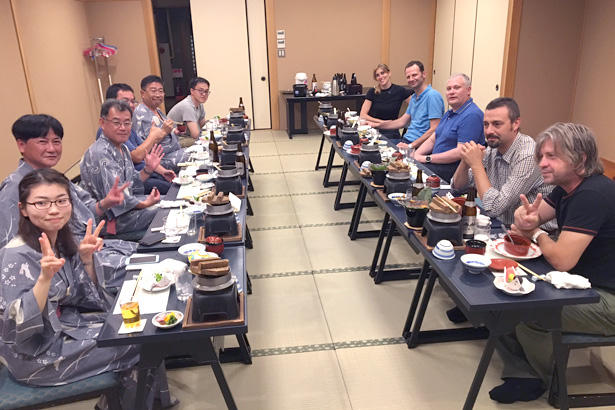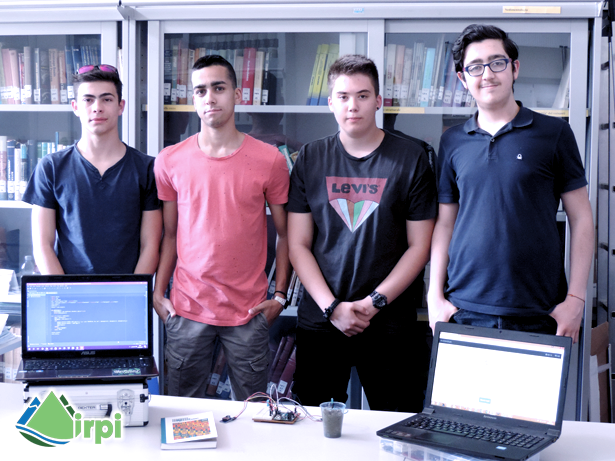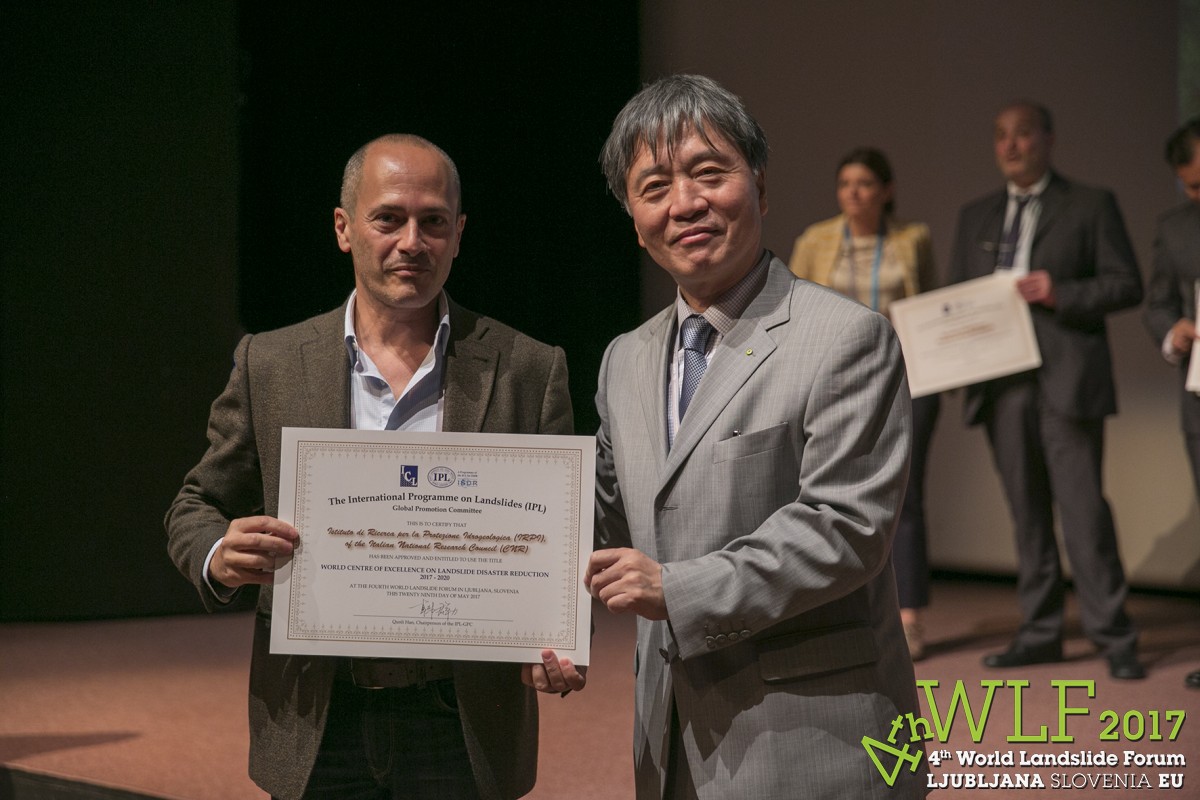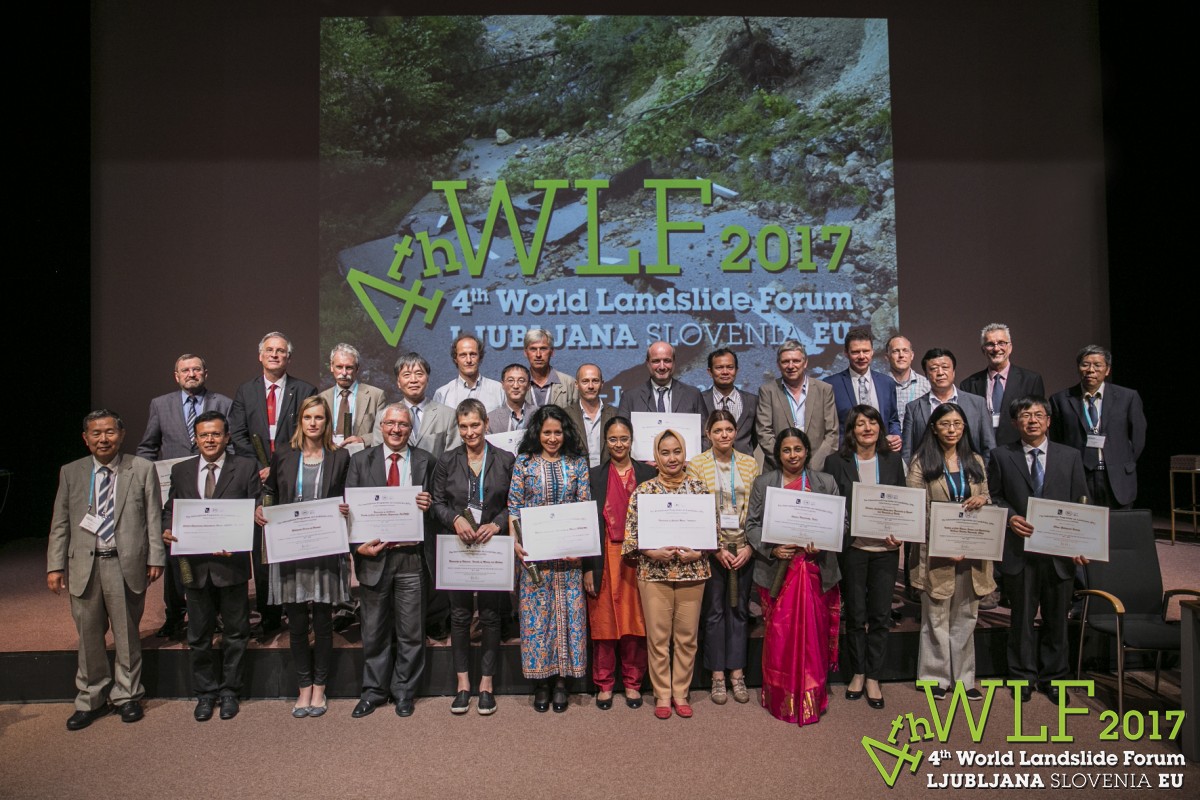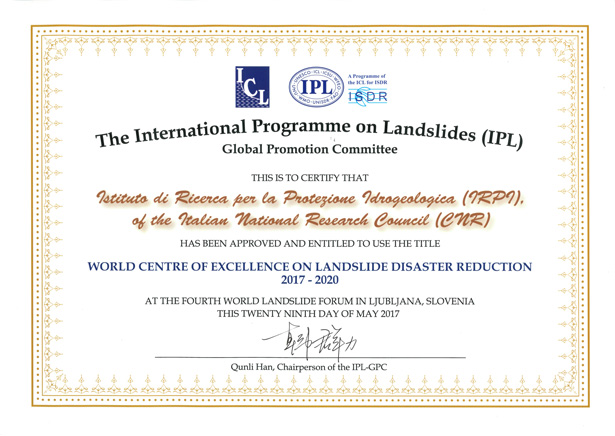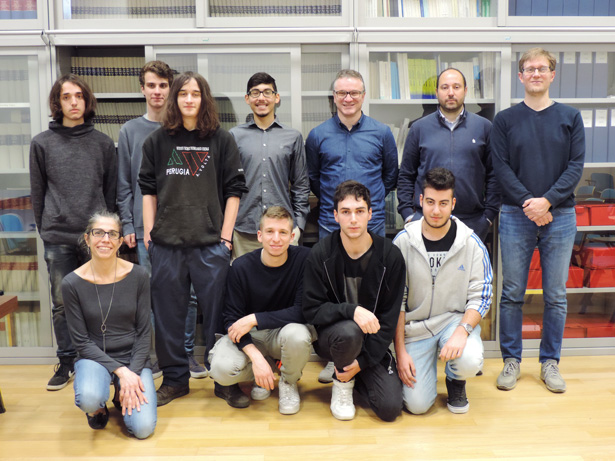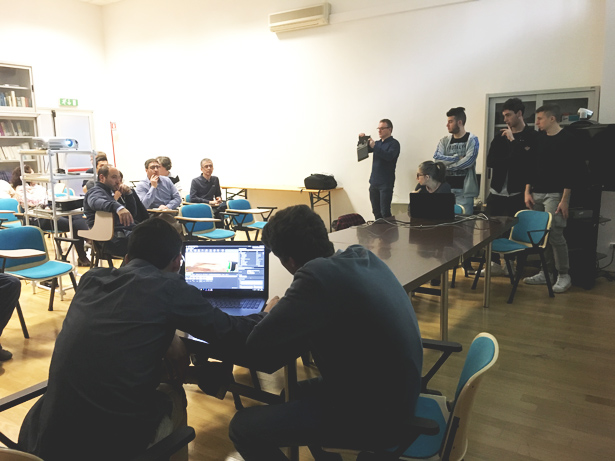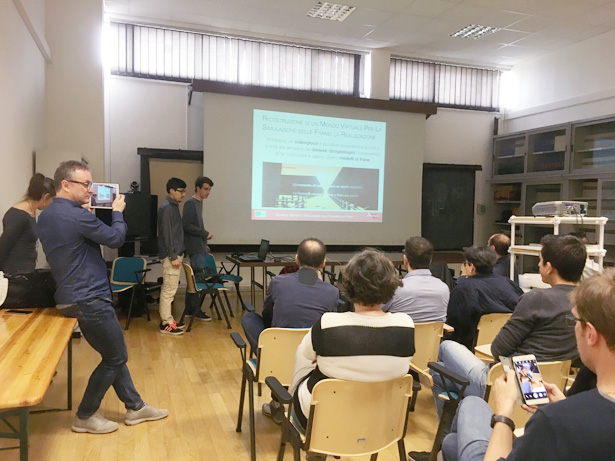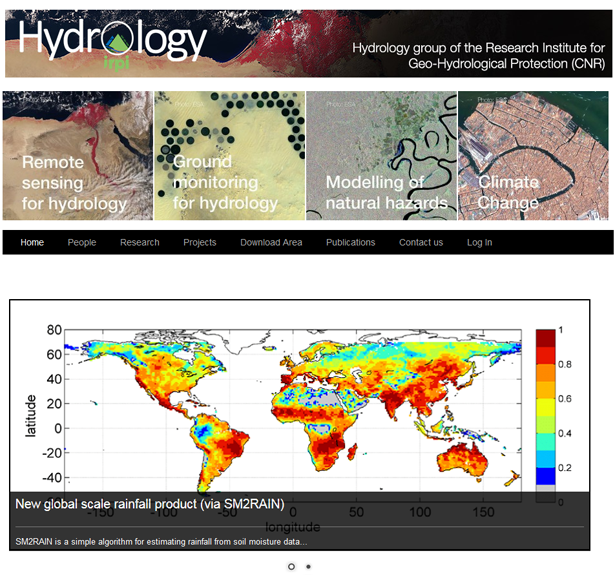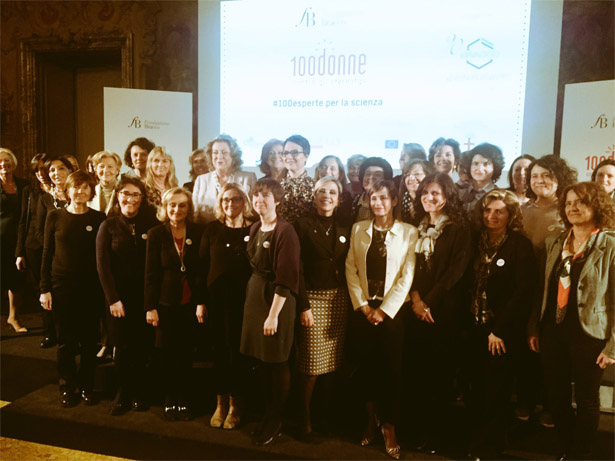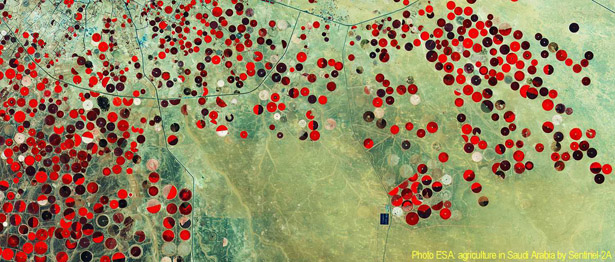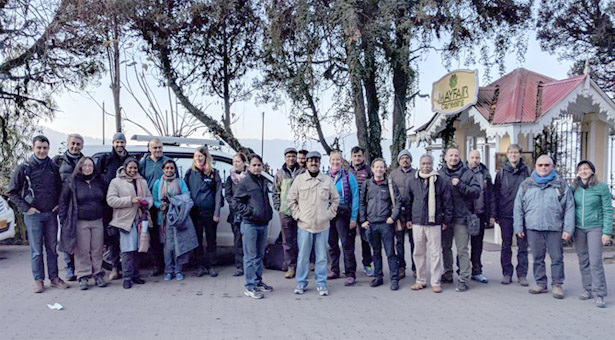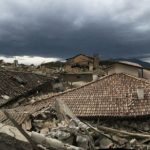A brand-new, long-term and globally available satellite soil moisture dataset now allows the Research Institute for Geo-Hydrological Protection of National Research Council (Irpi-Cnr) to closely monitor and predict the impact of the current drought situation. This near-real-time product is produced as part of the Copernicus Climate Changes Service (C3S) portfolio of the European Commission. Irpi-Cnr has been involved in its pre-operational development and assessment.
The new satellite dataset shows that during the last 10 days (Figure 1) in Italy the soils are much drier than usual. Nowhere else in Europe current soil moisture conditions are as abnormally low as in central Italy. However, also other parts of southern Europe suffer from severe drought, such as France and the Balkans. Like in Italy, these regions have been severely struck by forest fires during the last few weeks. At the same time, large parts of Germany and Poland and also the Bosporus have recently suffered torrential rainfall and floods. This is reflected by the wetter than usual conditions in the image.
The new satellite dataset also allows to look at past soil moisture conditions (Figure 2). Soil moisture data from Southern Tuscany (Grosseto province) show that the soil has already been drier than normal since December 2016. Even though drier than normal conditions occur regularly, the current situation stands out for its intensity and persistence, similar as in the well-known drought years 2007 and 2012.
The C3S soil moisture product is based on satellite measurements of microwaves that are either reflected or emitted by the Earth surface. The intensity of the measured signal strongly depends on the amount of water in the soil. The Vienna University of Technology (TU Wien) and the Dutch company VanderSat B.V. have developed methods to convert these measurements into estimates of soil moisture. With the support of various European partners, including Irpi-Cnr, they produced a long-term (1978-present) dataset in the context of the Climate Change Initiative of the European Space Agency (ESA). Within C3S, the Vienna-based Earth Observation Data Centre (EODC) updates this dataset every 10 days with the latest observations. The C3S data will be officially accessible through the European Centre for Medium-range Weather Forecasts (ECMWF) from January 2018 at http://climate.copernicus.eu/ but can already now be visually explored at http://rs.geo.tuwien.ac.at/data_viewer/c3s/.
Irpi-Cnr is using the long-term C3S satellite soil moisture dataset for several hydrological applications in several regions of the world. For instance, Irpi-Cnr will use this dataset to develop a drought monitoring system in India. On the other hand, Irpi-Cnr also uses the dataset to improve flood and landslide forecasts. IRPI-CNR will also use this dataset to estimate rainfall on a global scale (https://www.irpi.cnr.it/en/focus/sm2rain/), with projects funded by space agencies and by the Italian Department of Civil Protection. Specifically, the near-real-time availability of the dataset will allow IRPI-CNR to better monitor and make better predictions of natural hazards.
The drought conditions in Italy are expected to aggravate even more because no significant rain and continuing high temperatures are expected for the coming weeks. The satellite soil moisture dataset will be continuously used for monitoring drought conditions throughout the Italian territory and can support local and national authorities facing water scarcity.
Luca Brocca
luca.brocca@irpi.cnr.it
https://www.irpi.cnr.it/, http://hydrology.irpi.cnr.it/




